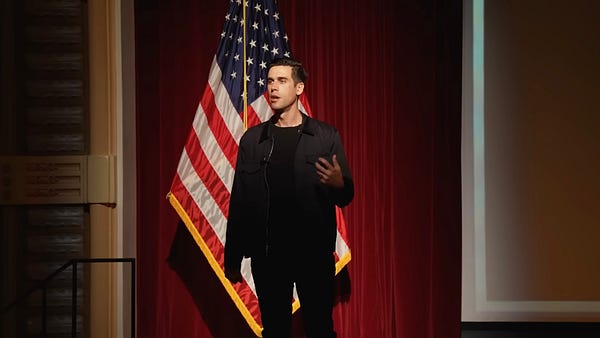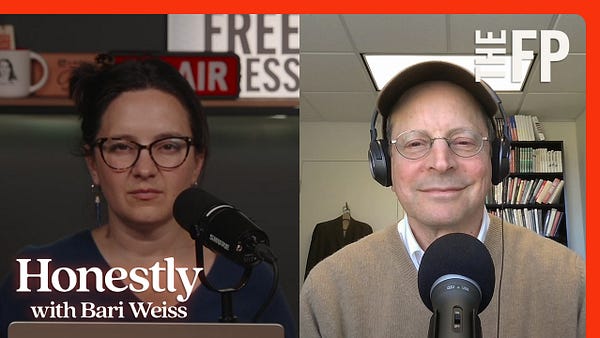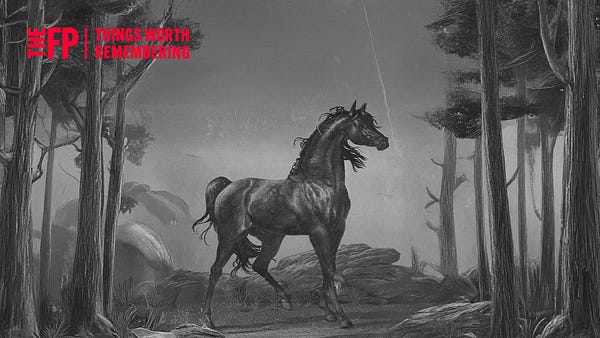
On Election Night 2016, many of us thought we knew who would be the next president of the United States.
We were blindsided when Hillary Clinton lost to Donald Trump. Legacy media quickly scrambled to account for what had happened. They ultimately arrived at an explanation: Trump’s voters were racist, xenophobic conspiracy theorists, and possibly even proto-fascists.
That wasn’t quite right.
My guest today, Newsweek opinion editor Batya Ungar-Sargon, has been on a journey for the past eight years to understand how Trump won the White House in 2016, and how the left fundamentally misunderstood the American working class. She eventually came to the conclusion that the most salient feature of American life is not our political divide. It’s “the class divide that separates the college-educated from the working class.”
Democrats have historically been the party of the working class. But for the better part of the past decade, Democrats have seen their support among working-class voters tumble. Policy wonks and demographic experts kept saying just wait: the future of the Democratic party is a multiethnic, multiracial, working-class coalition. But that didn’t pan out.
Instead, in 2016, Trump carried 54 percent of voters with family incomes of $30,000 to $50,000; 44 percent of voters with family incomes under $50,000; and nearly 40 percent of union workers voted for Trump—the highest for a Republican presidential candidate since Ronald Reagan in 1984. Meanwhile, in 2022, Democrats had a 15-point deficit among working-class voters but a 14-point advantage among college-educated voters.
In order to understand how and why this happened, Batya decided to spend the last year traveling the country talking to working-class Americans. Who are they? Do they still have a fair shot at the American dream? What do they think about their chances to secure the hallmarks of a middle-class life?
She collected these stories in her new book, Second Class: How the Elites Betrayed America’s Working Men and Women. What she found is that for many of them, the American dream felt dead.
On today’s episode of Honestly, Batya discusses who really represents the working class, how America should reinstate its commitment to them, and what will happen in 2024 if we don’t. Click below to listen to my discussion with Batya, or scroll on to read an adapted excerpt from her new book. —BW
Americans are constantly told we are hopelessly divided, and it’s easy to see why many of us could believe it: our politicians relentlessly accuse the other side of undermining democracy and endangering the vulnerable, while our legacy media, which no longer even pretends to be objective, consistently portrays its side’s enemies in the starkest of terms.
People on the right are “racist,” says the left. People on the left are “groomers,” says the right. And so on.
But what if I told you that the people in the political and media classes are the ones who are polarized—in fact, they are the only ones who are so polarized?
This is obvious to most Americans, even—perhaps especially—to those who have neighbors or friends or colleagues who vote differently than they do. Regular Americans know we are more united than divided on the issues that are supposedly tearing us apart.
Democrats portray conservatives as characters out of The Handmaid’s Tale, and Republicans portray liberals as “baby killers.” Yet two-thirds of Americans agree that abortion should be rare and also legal.
Democrats like to tell us that Republicans are gung ho on school shootings, and Republicans are fond of saying Democrats want to steal our guns. Yet 61 percent of us believe that the Second Amendment should stand, but it’s too easy to get a gun.
Democrats tell us Republicans hate gays and Republicans tell us that Democrats want every child to be queer. Yet average Americans believe that sex is determined at birth and that trans people should be protected from discrimination, though when it comes to sports, trans people should compete on teams that match the sex they were born with. This is how six in ten of us feel.
The partisan claims of a polarized America ring especially false to working-class Americans. This is because—unlike the college-educated elites who run the country—they don’t identify with the full list of policy proposals produced by either party.
I spent one year interviewing working-class Americans across the country from every political persuasion for my new book, Second Class: How the Elites Betrayed America’s Working Men and Women, and what I found was a remarkable consensus on the issues.














